Optimal Timing for Asphalt Sealcoating
Understanding the optimal timing for asphalt sealcoating is essential for maximizing its protective benefits. Proper scheduling ensures the asphalt surface is prepared effectively, leading to longer-lasting results and improved pavement appearance.
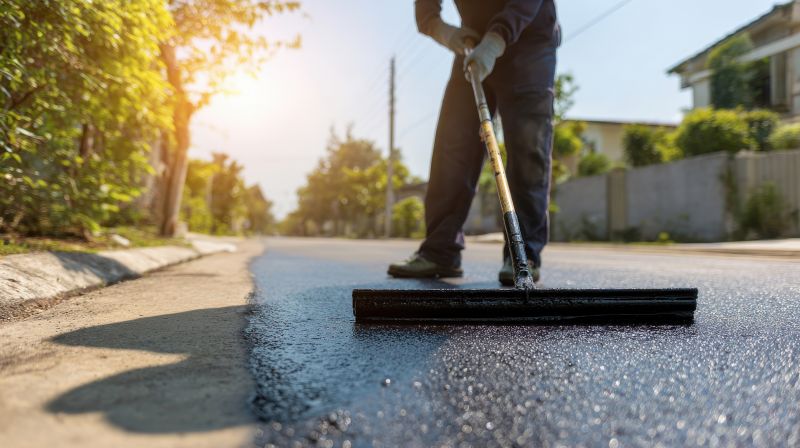
Spring is an ideal time for sealcoating as temperatures are rising, allowing the coating to cure properly.
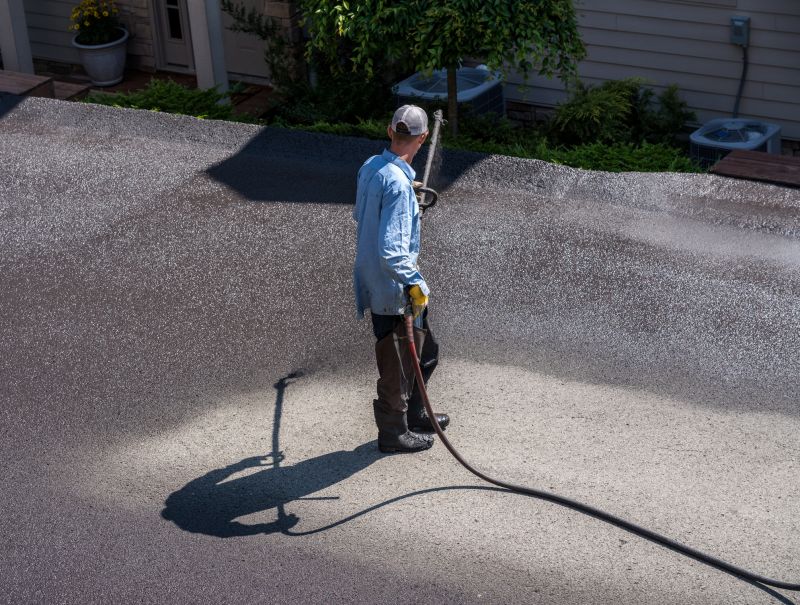
Sealcoating performs best when daytime temperatures are consistently between 50°F and 85°F, with low humidity.
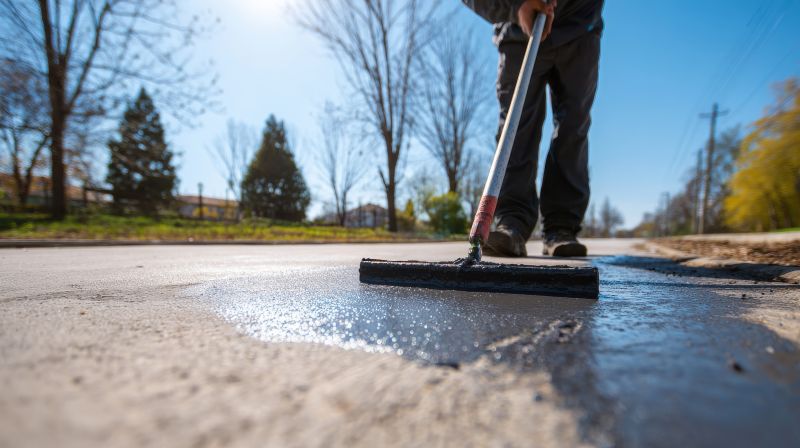
Late summer offers suitable weather conditions, but care should be taken to avoid high heat or humidity that can affect curing.
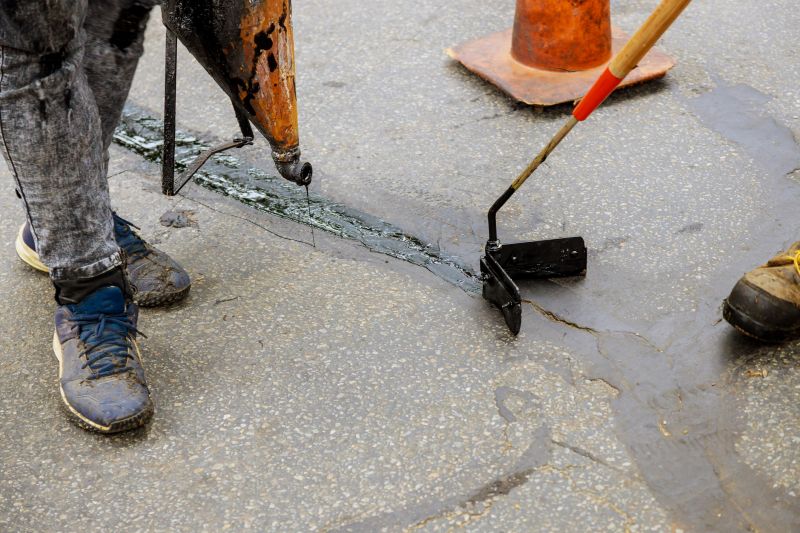
Ways to make Asphalt Sealcoating Service work in tight or awkward layouts.

Popular materials for Asphalt Sealcoating Service and why they hold up over time.
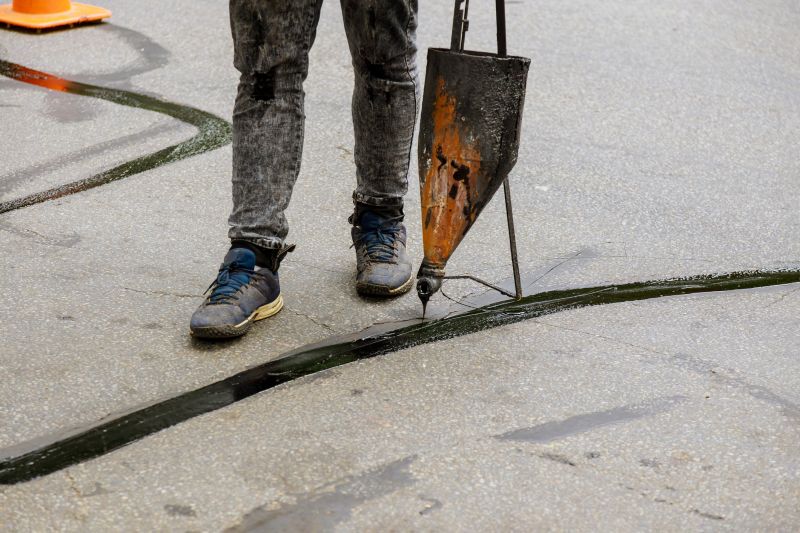
Simple add-ons that improve Asphalt Sealcoating Service without blowing the budget.
Applying sealcoating during the right season can significantly influence its effectiveness. During warmer months, asphalt surfaces are more receptive to sealant adhesion, reducing the risk of peeling or cracking. Conversely, sealcoating in cold or rainy weather can lead to poor curing and diminished durability.
Spring applications help protect asphalt from winter damage and prepare surfaces for the warmer months.
Fall can be suitable if temperatures remain above 50°F, but early winter conditions may hinder proper curing.
Rain, high humidity, and extreme temperatures can delay or compromise sealcoating effectiveness.
Proper surface cleaning and repair are necessary before scheduling sealcoating, regardless of the season.

Application process during suitable weather conditions.
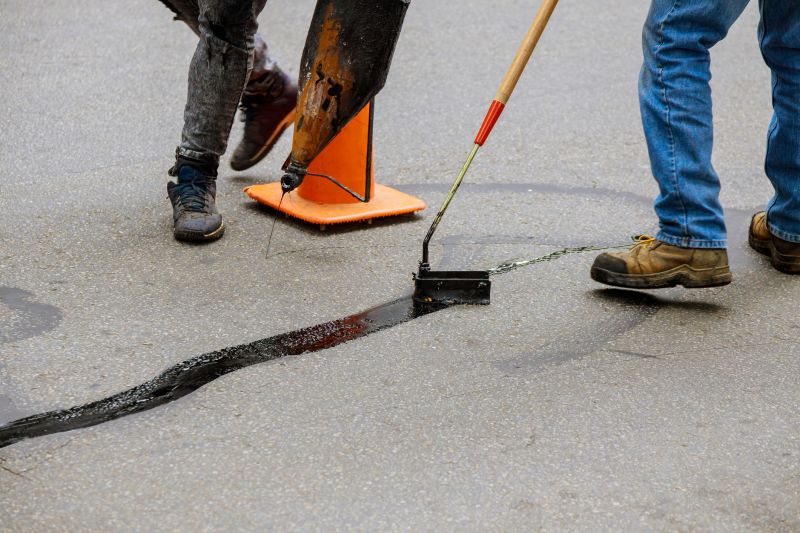
Cleaning and repairing asphalt before sealcoating.

Waiting for optimal conditions for best results.
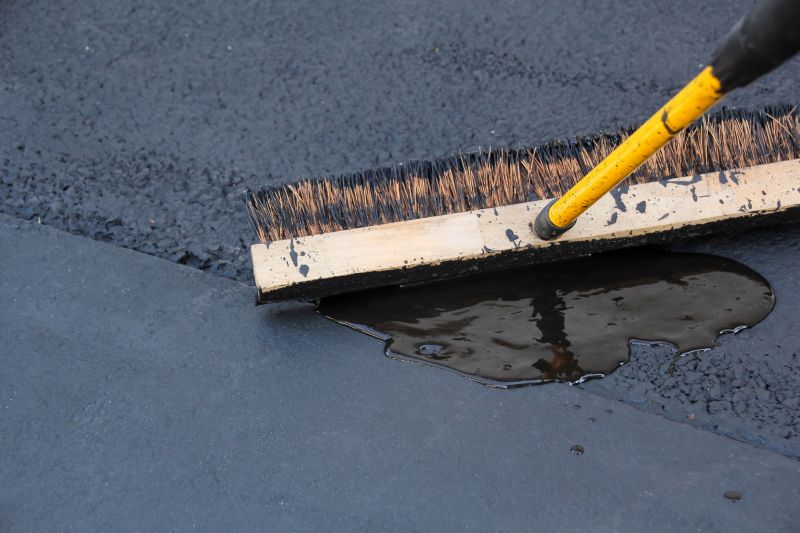
Enhanced durability and appearance.
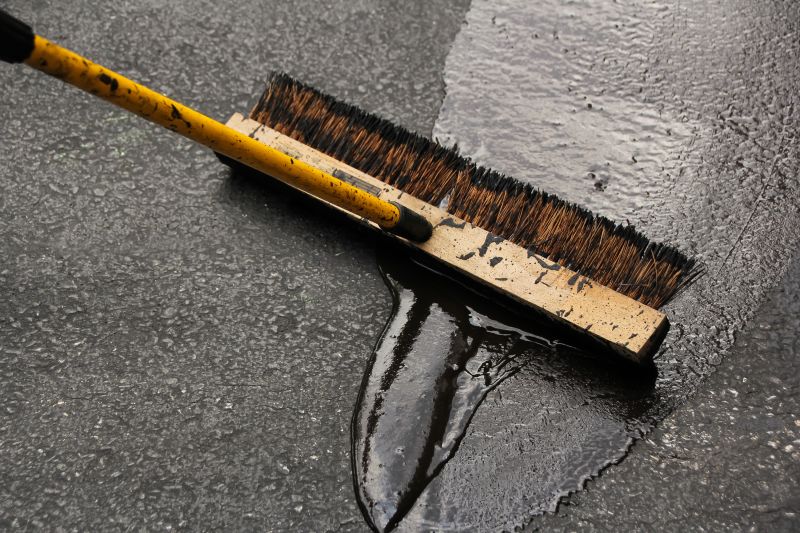
High-end options that actually feel worth it for Asphalt Sealcoating Service.
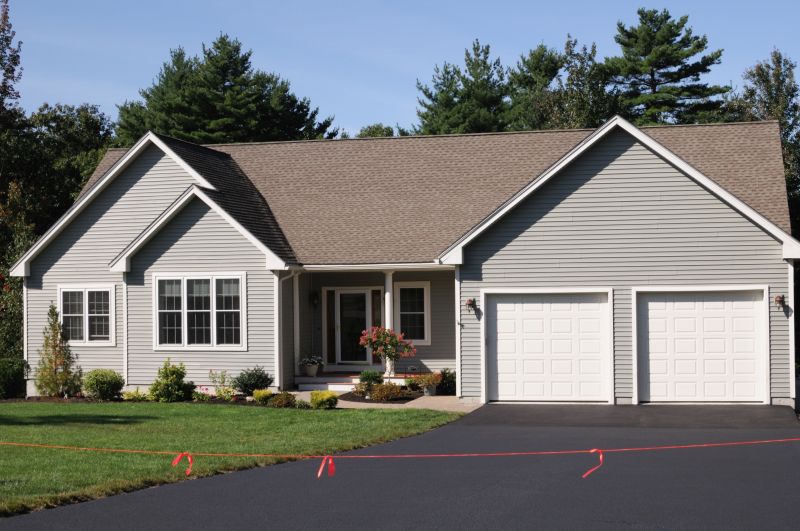
Finishes and colors that play nicely with Asphalt Sealcoating Service.
Timing is critical for effective asphalt sealcoating. Applying sealant during periods of stable, warm weather ensures proper adhesion and curing. Scheduling in early spring or late summer can optimize results, provided weather conditions are suitable. Avoiding application during high humidity, rain, or extreme cold prevents issues such as improper curing, peeling, or cracking.
| Season | Ideal Temperature Range |
|---|---|
| Spring | 50°F - 85°F |
| Summer | 70°F - 85°F |
| Fall | 50°F - 75°F |
| Winter | Not recommended |
| Late Summer | Suitable if conditions are dry and warm |

Proper application during optimal weather.

Weather conditions influence curing time.

Scheduling sealcoating for long-term pavement health.
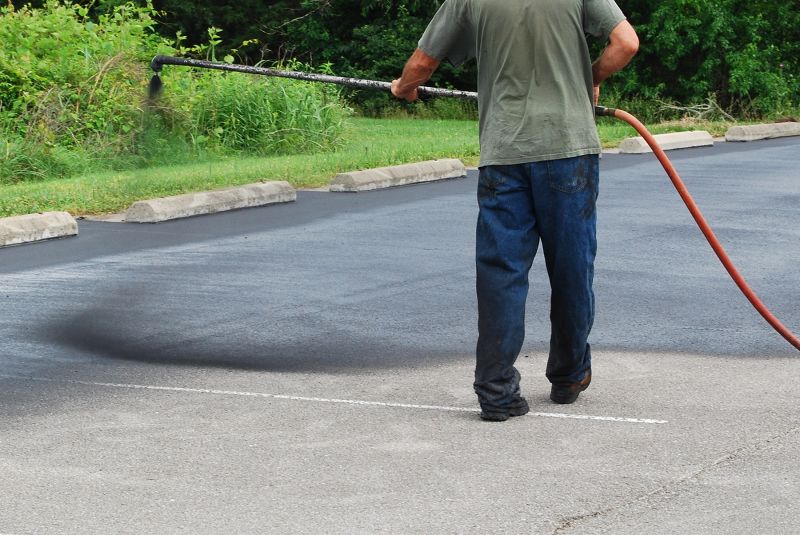
Protection and aesthetic enhancement.
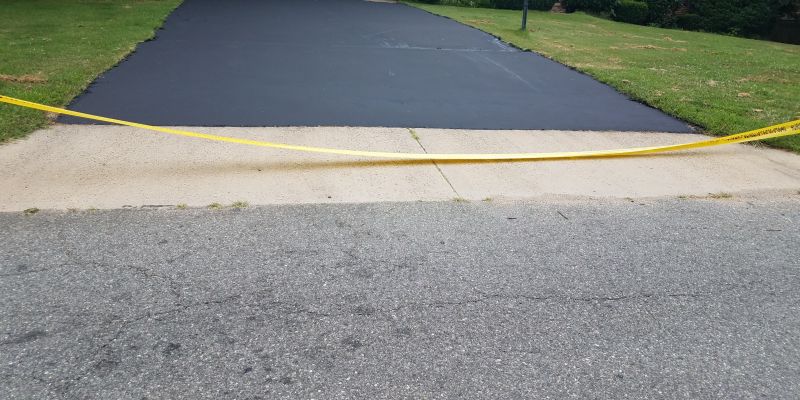
Little measurements that prevent headaches on Asphalt Sealcoating Service day.
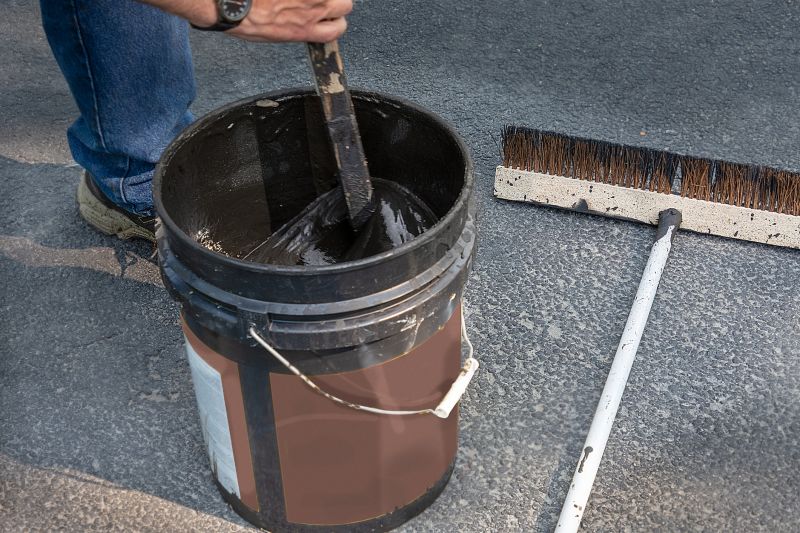
A 60-second routine that keeps Asphalt Sealcoating Service looking new.
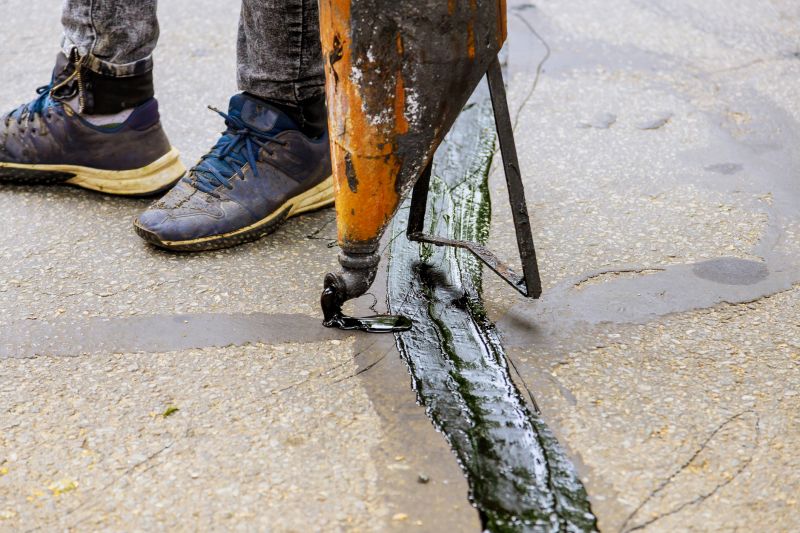
A frequent mistake in Asphalt Sealcoating Service and how to dodge it.
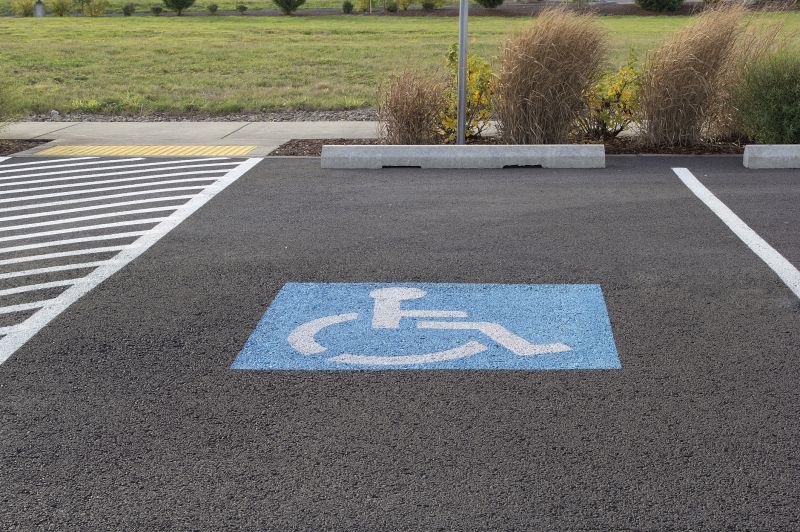
Small tweaks to make Asphalt Sealcoating Service safer and easier to use.
Interested parties are encouraged to contact for scheduling or further information on asphalt sealcoating services. Proper timing can extend the lifespan of pavement and improve its appearance, making it a valuable maintenance step.
